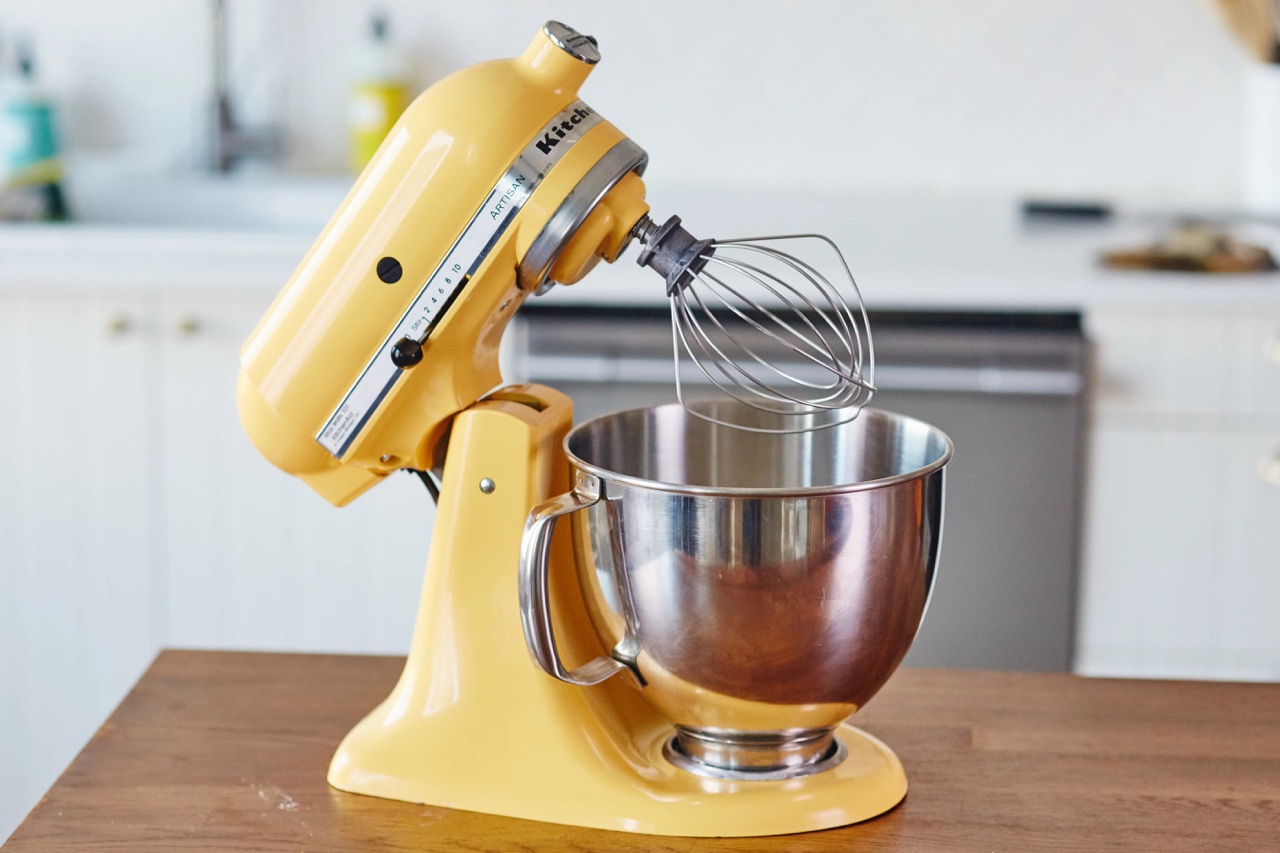

Articles
If I Dont Have A Mixer What Can I Use
Modified: February 28, 2024
Discover alternative methods for mixing ingredients without a mixer in this informative article. Explore creative solutions for blending ingredients without the need for a traditional mixer.
(Many of the links in this article redirect to a specific reviewed product. Your purchase of these products through affiliate links helps to generate commission for Storables.com, at no extra cost. Learn more)
Introduction
If you love baking or cooking, you probably know that a mixer is an essential tool to have in your kitchen. It makes whipping up ingredients and achieving the perfect consistency a breeze. However, what do you do if you don’t have a mixer on hand? Don’t worry, there are several alternative methods and tools you can use to achieve similar results.
In this article, we’ll explore various hand mixing techniques and alternative tools that can be used in place of a mixer. Whether you’re in a pinch or simply don’t have a mixer, these methods will come in handy and allow you to continue creating delicious recipes.
Key Takeaways:
- Don’t let the absence of a mixer stop you from creating delicious dishes. Embrace hand mixing techniques and alternative tools to achieve the desired results and continue whipping up culinary masterpieces in your kitchen.
- Whether it’s using a whisk, fork, or even a mason jar with a lid, there are plenty of creative alternatives to a mixer. Adapt the technique or tool based on the specific recipe and ingredients, and continue creating delicious meals with ingenuity and effort.
Read more: What To Use If I Dont Have A Stand Mixer
Hand Mixing Techniques
When you don’t have a mixer, you can rely on traditional hand mixing techniques to combine ingredients. These methods may require a bit more effort, but they can be just as effective in achieving the desired results. Here are some common hand mixing techniques:
Whisk
A whisk is a versatile tool that can be used for various mixing tasks. Its wire loops help incorporate air into ingredients and create a light and fluffy texture. Use a whisk to beat eggs, whip cream, mix batters, and blend sauces. Make sure to use a bowl deep enough to prevent splattering.
Fork
A fork can be used for simple mixing tasks. It is especially handy when you need to blend dry ingredients together or break up chunks of butter in pastry dough. While not as efficient as a whisk, a fork can still get the job done for basic mixing needs.
Spoon
A spoon is another versatile tool that can be used for mixing. Use a large spoon to fold ingredients together, mix batters, and blend sauces. Stirring in a circular motion and scraping the sides of the bowl helps ensure even mixing. For thicker mixtures, opt for a sturdy wooden spoon or a silicone spatula.
Pastry Cutter
A pastry cutter is typically used for cutting butter into flour when making pastry dough. However, it can also be utilized for mixing other ingredients, such as incorporating fats into dry ingredients for crumbly toppings or mixing together ingredients for biscuits or scones. Use a rocking motion while pressing the pastry cutter into the mixture to break up the ingredients evenly.
Hands
When all else fails, your hands can be the ultimate mixing tool. Kneading dough by hand can help develop gluten and create a desired texture. It’s important to wash your hands thoroughly before mixing and to use a clean surface. Make sure to pay attention to the consistency of the mixture and adjust accordingly.
These hand mixing techniques allow you to have control over the mixing process and ensure that all ingredients are properly incorporated. So, don’t let the absence of a mixer stop you from creating delicious dishes in your kitchen.
Alternative Mixing Tools
While hand mixing techniques can be effective, sometimes you may need a little extra help to achieve the desired results. Here are some alternative mixing tools that can be used in place of a mixer:
Blender
A blender is a versatile kitchen appliance that can be used for both liquid and solid ingredients. It is great for making smoothies, pureeing soups, and blending sauces. However, be cautious when using a blender for thick batters or doughs, as it may strain the motor or not mix evenly.
Read more: What To Use When You Dont Have A Screwdriver
Food Processor
A food processor is a powerful tool that can handle a wide range of tasks, including mixing ingredients. It is particularly useful for chopping, pureeing, and blending. With the appropriate attachments, a food processor can be used to mix doughs, grind nuts, or make dough for pie crusts.
Immersion Blender
An immersion blender, also known as a hand blender, is a versatile handheld tool that can be used directly in a pot or bowl to blend ingredients. While it may not be as powerful as a stand mixer, it can still effectively mix liquids, puree soups, and create smooth sauces.
Stand Mixer Attachments
If you have a stand mixer but don’t have the traditional mixer attachments, there are plenty of other attachments that can be used for mixing. From paddle attachments for combining ingredients to dough hooks for kneading dough, these attachments can help achieve the desired mixing results.
Wooden Spoon and Bowl
A simple wooden spoon and a sturdy bowl can go a long way when it comes to mixing ingredients. Use the wooden spoon to mix batters, doughs, and sauces by hand. The bowl provides stability and helps prevent ingredients from spilling over the edges.
Mason Jar with Lid
If you’re in a pinch and need to mix small quantities of ingredients, a mason jar with a tight-fitting lid can be a handy tool. Simply add the ingredients to the jar, secure the lid, and shake vigorously to mix. This method works particularly well for dressings, marinades, and small batches of liquid ingredients.
Ziplock Bag with Rolling Pin
For crushing, blending, or mixing ingredients that require a finer texture, a ziplock bag and a rolling pin can do the trick. Place the ingredients in the bag, seal it tightly, and use a rolling pin to crush or mix them inside the bag. This method is great for crushing cookies for a crust or mixing dry spice blends.
These alternative mixing tools can help you achieve the desired results when a mixer is not available. Remember to adapt the technique or tool based on the specific recipe and ingredients being used.
Conclusion
Not having a mixer shouldn’t prevent you from creating delicious dishes in your kitchen. By utilizing hand mixing techniques and alternative tools, you can still achieve the desired results and create culinary masterpieces.
Hand mixing techniques such as using a whisk, fork, spoon, pastry cutter, or even your hands give you control over the mixing process and allow you to thoroughly incorporate ingredients. These techniques may require a bit more effort, but they can be just as effective as using a mixer.
Alternatively, there are various alternative mixing tools that can be used in place of a mixer. Blenders, food processors, immersion blenders, and stand mixer attachments offer versatility and options for mixing different ingredients and achieving the desired texture.
A wooden spoon and bowl, mason jar with a lid, and a ziplock bag with a rolling pin are creative alternatives that can be used to mix ingredients in a pinch. These tools are readily available in most kitchens and can be easily adapted for different recipes.
Remember, the key is to adapt the technique or alternative tool based on the specific recipe and ingredients you are using. Pay attention to the consistency of the mixture and make adjustments as needed.
So, the next time you find yourself without a mixer, don’t fret. Embrace your creativity and explore the world of hand mixing techniques and alternative tools. With a little effort and ingenuity, you can continue to whip up delicious meals and treats in your kitchen.
Frequently Asked Questions about If I Dont Have A Mixer What Can I Use
Was this page helpful?
At Storables.com, we guarantee accurate and reliable information. Our content, validated by Expert Board Contributors, is crafted following stringent Editorial Policies. We're committed to providing you with well-researched, expert-backed insights for all your informational needs.
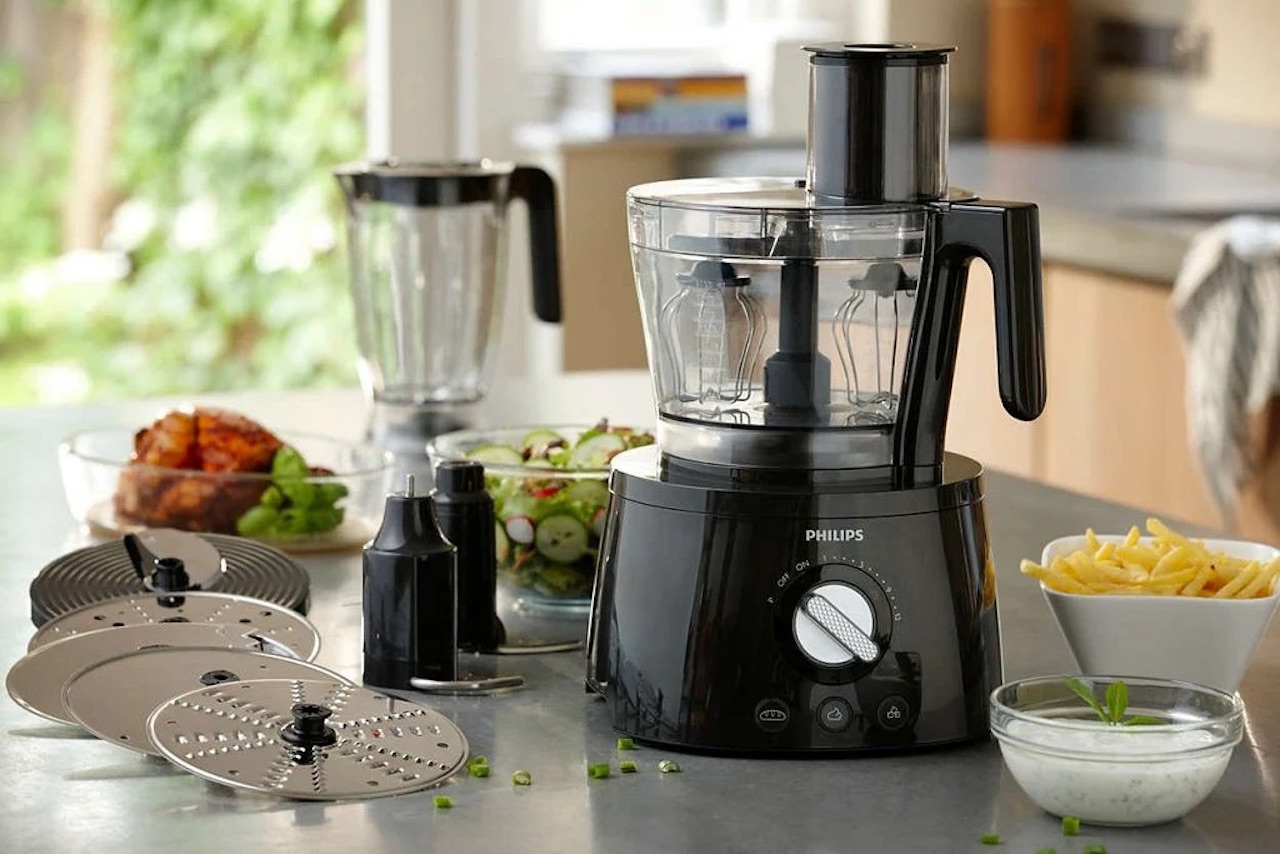
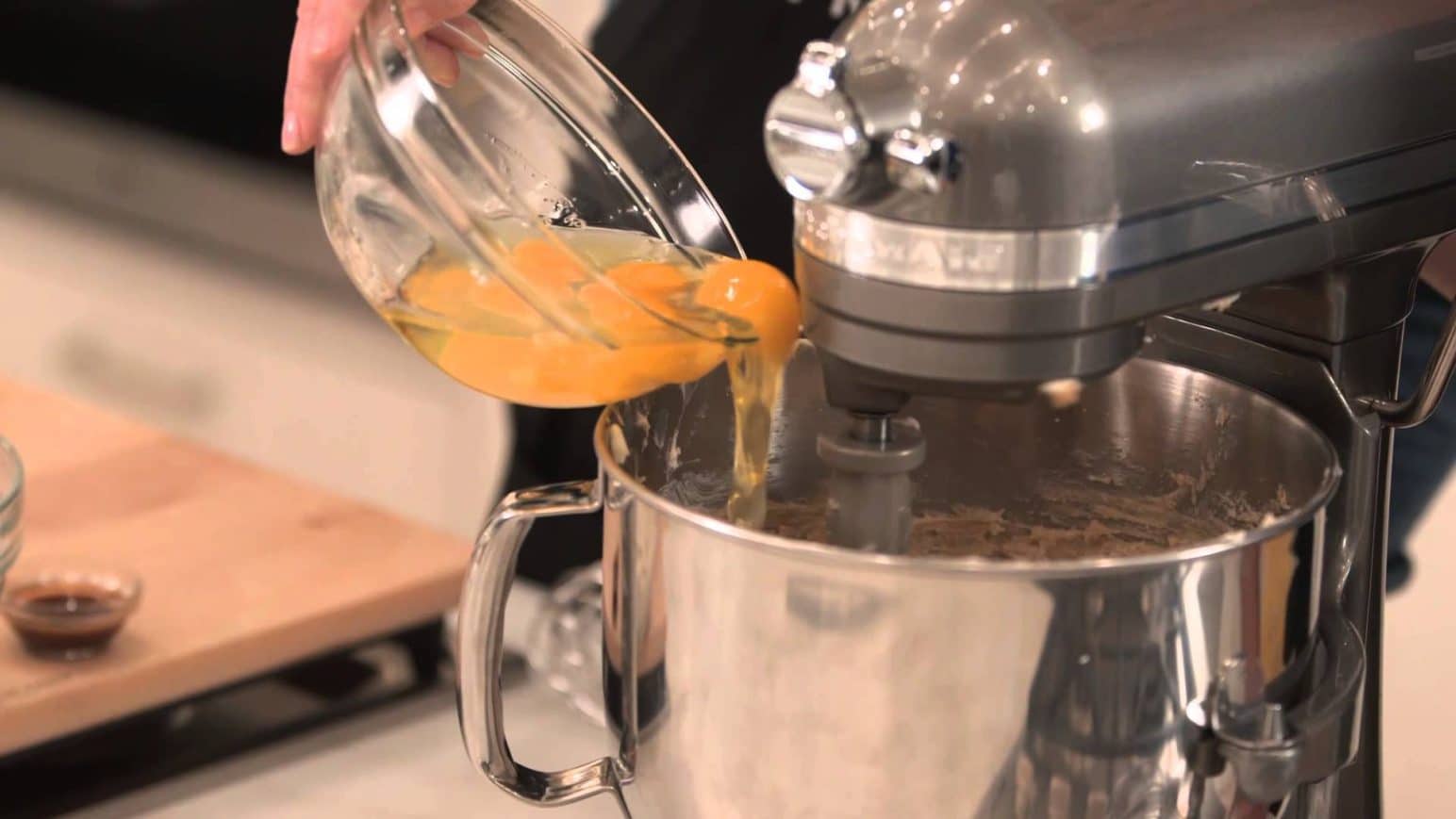
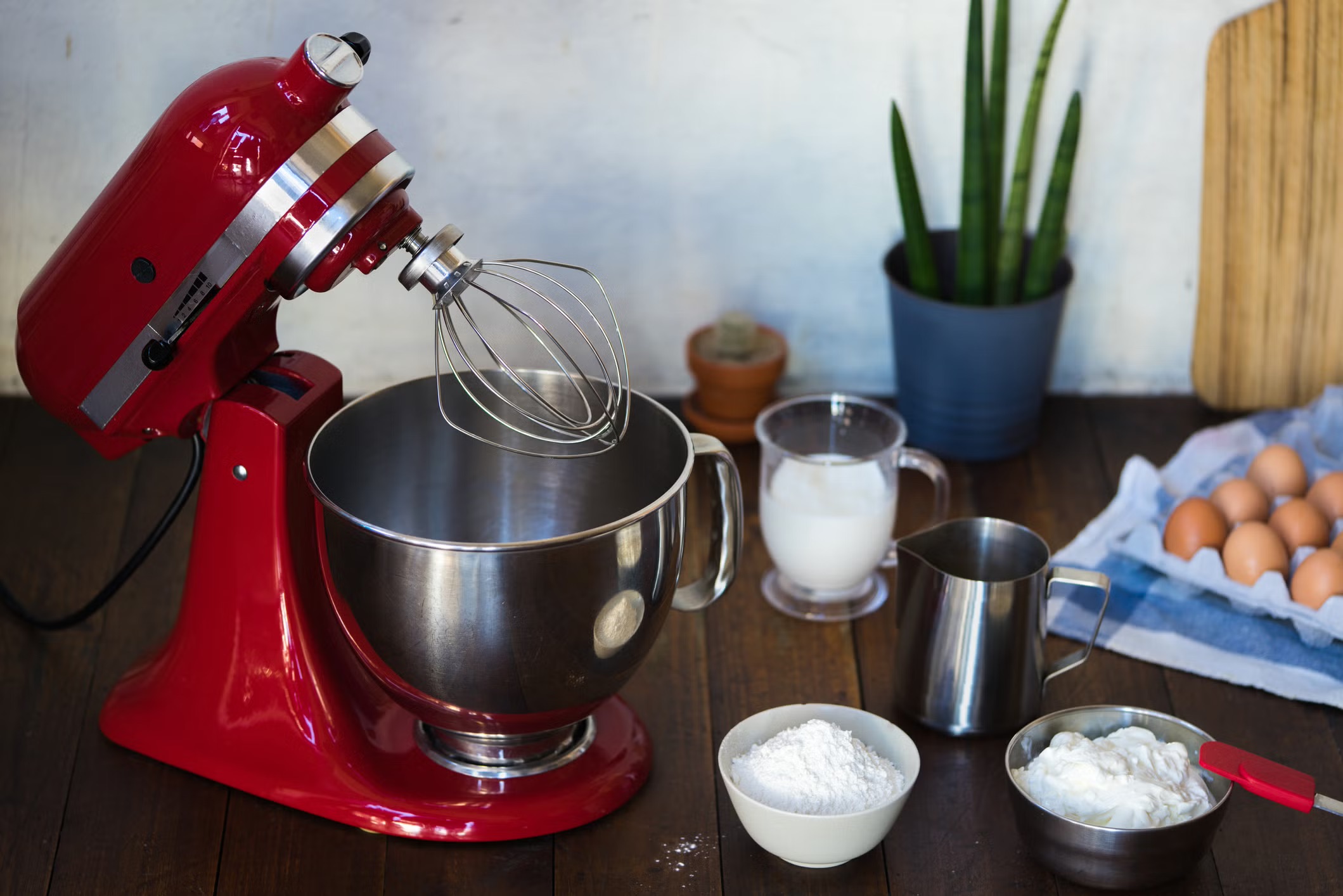
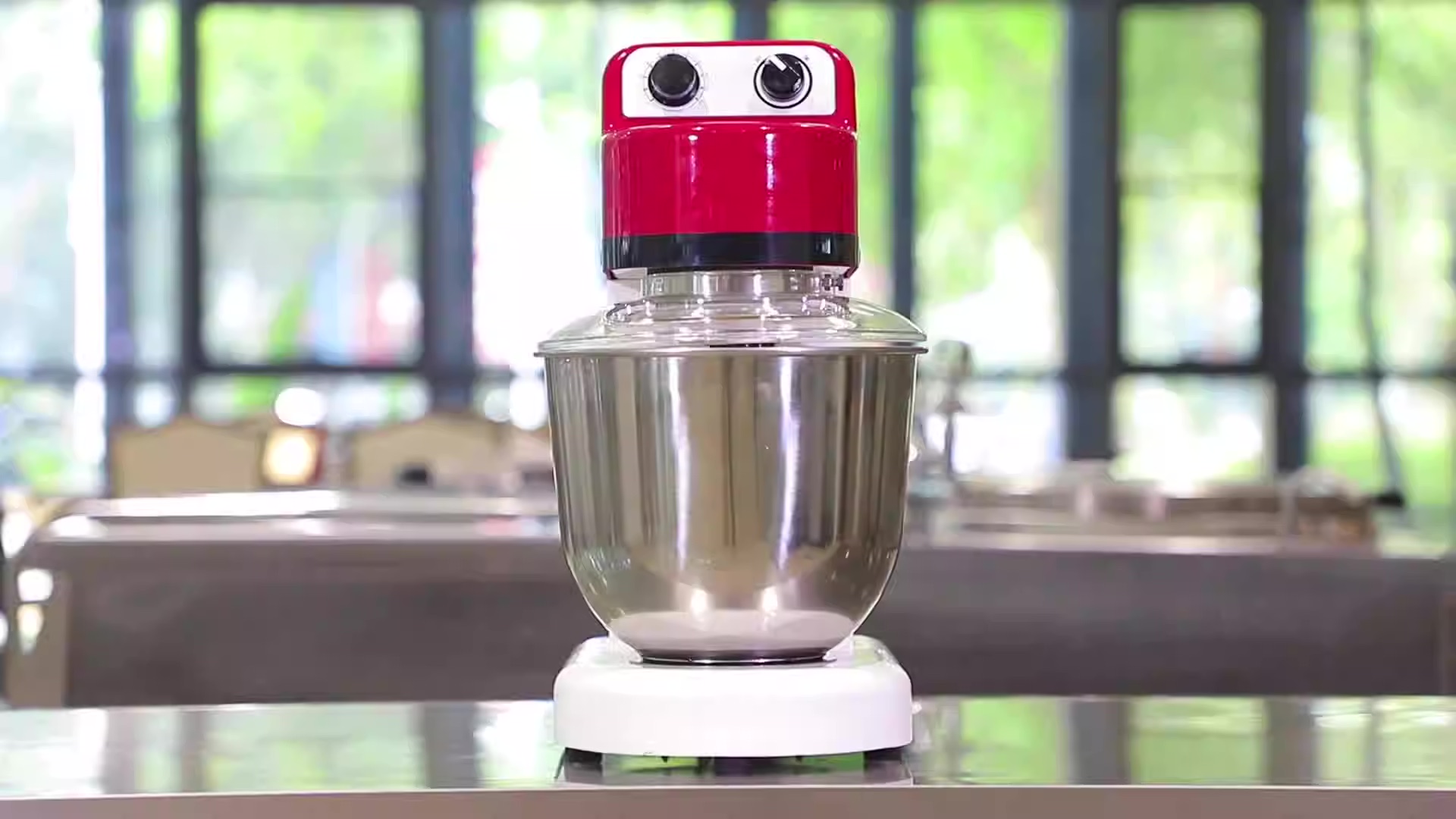
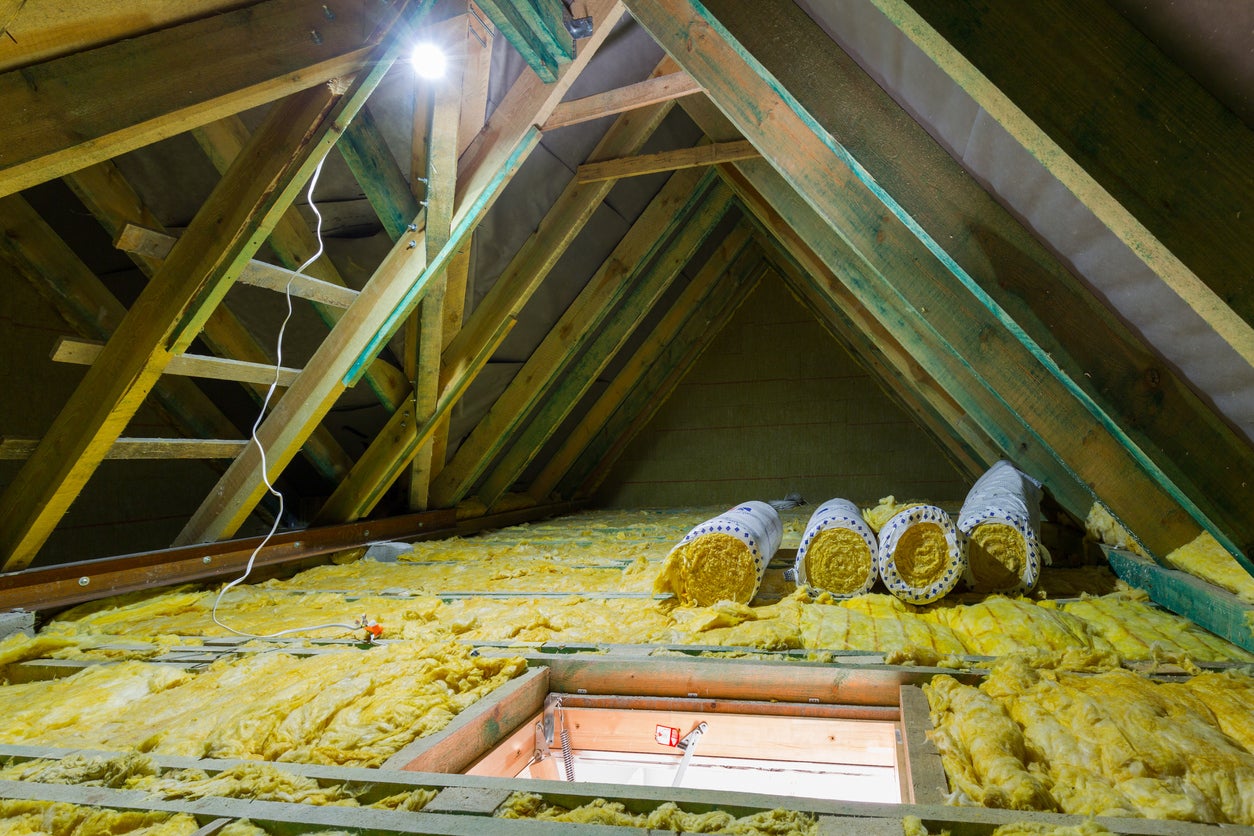
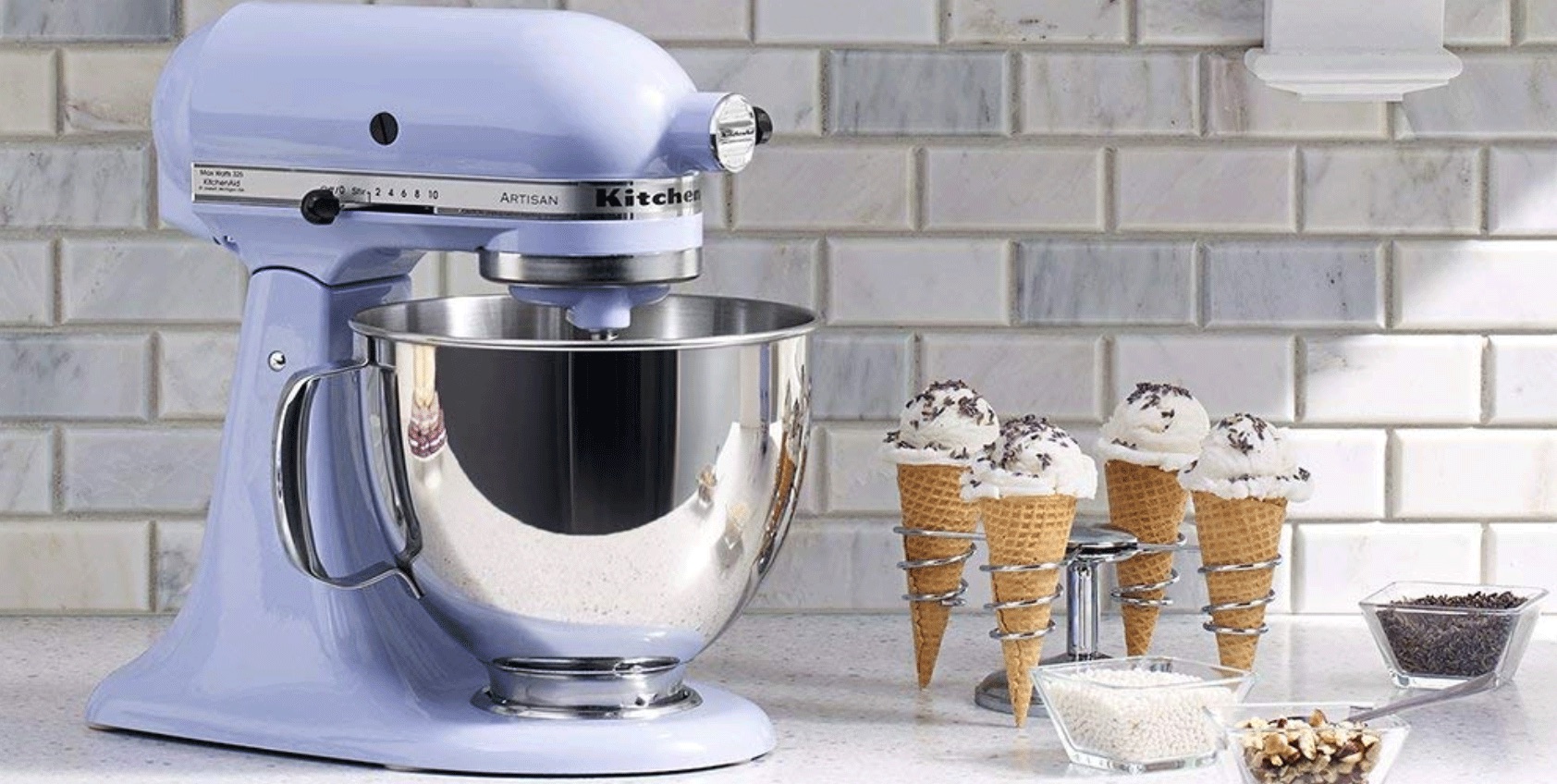
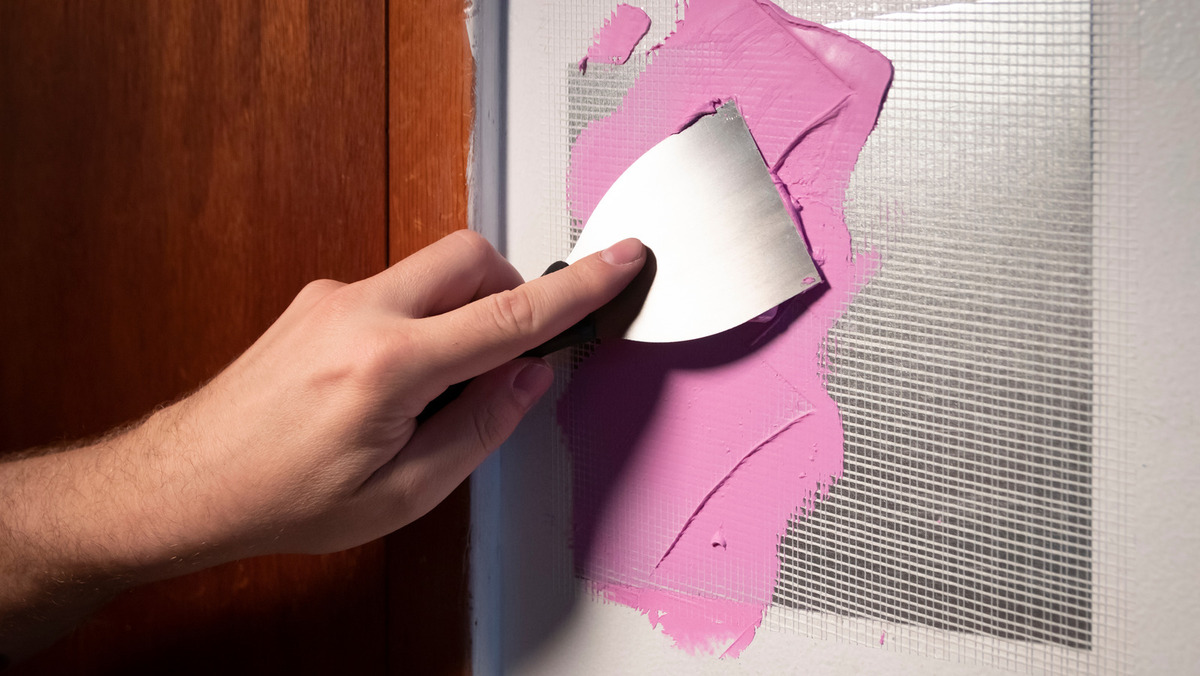
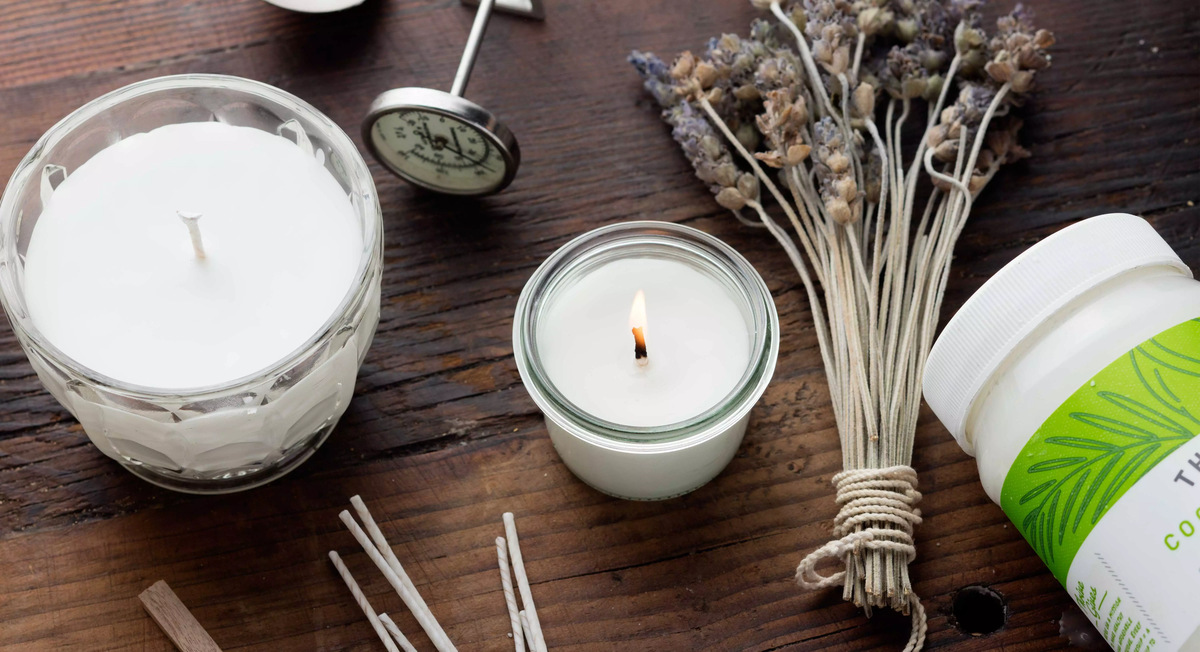
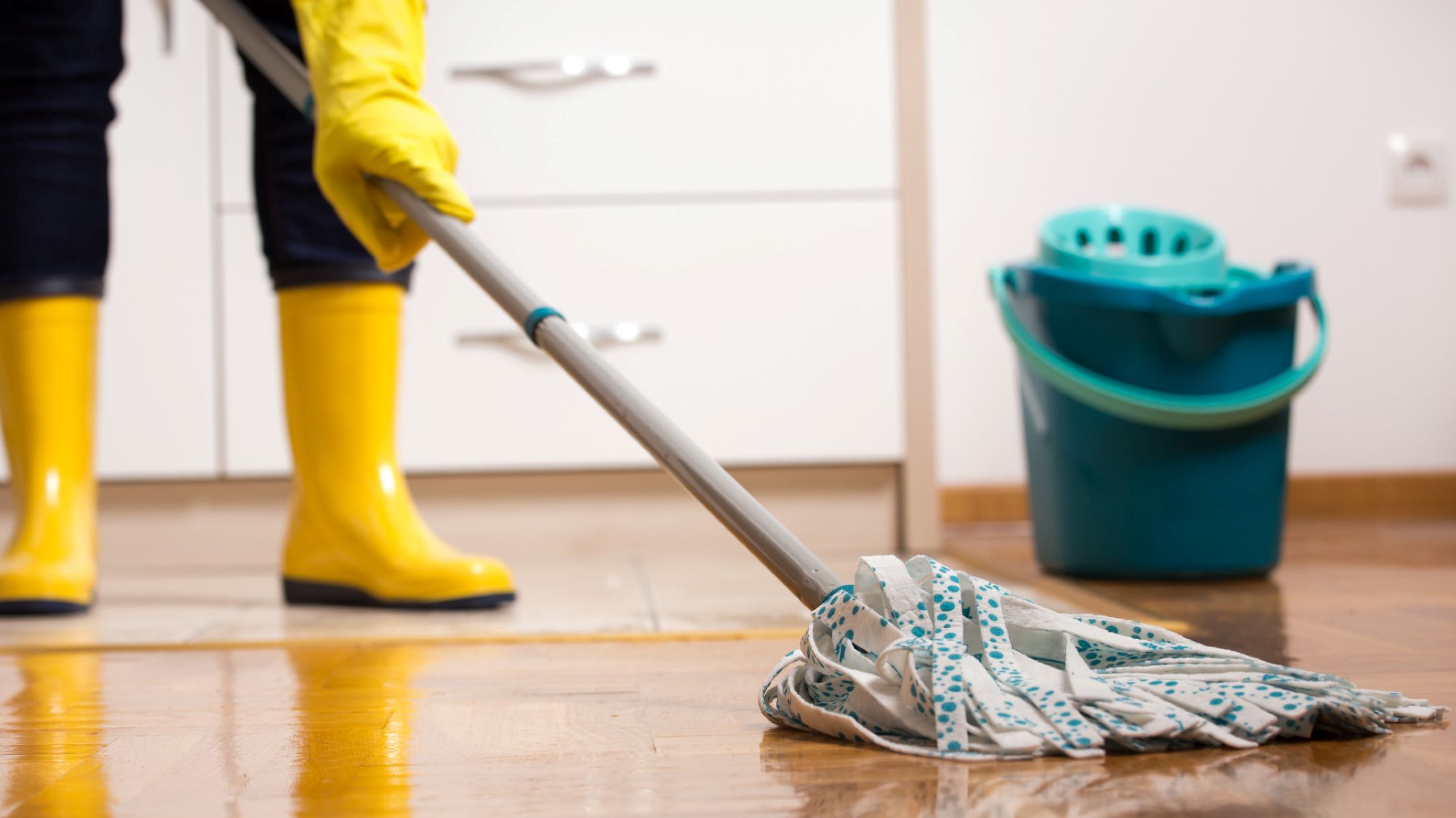
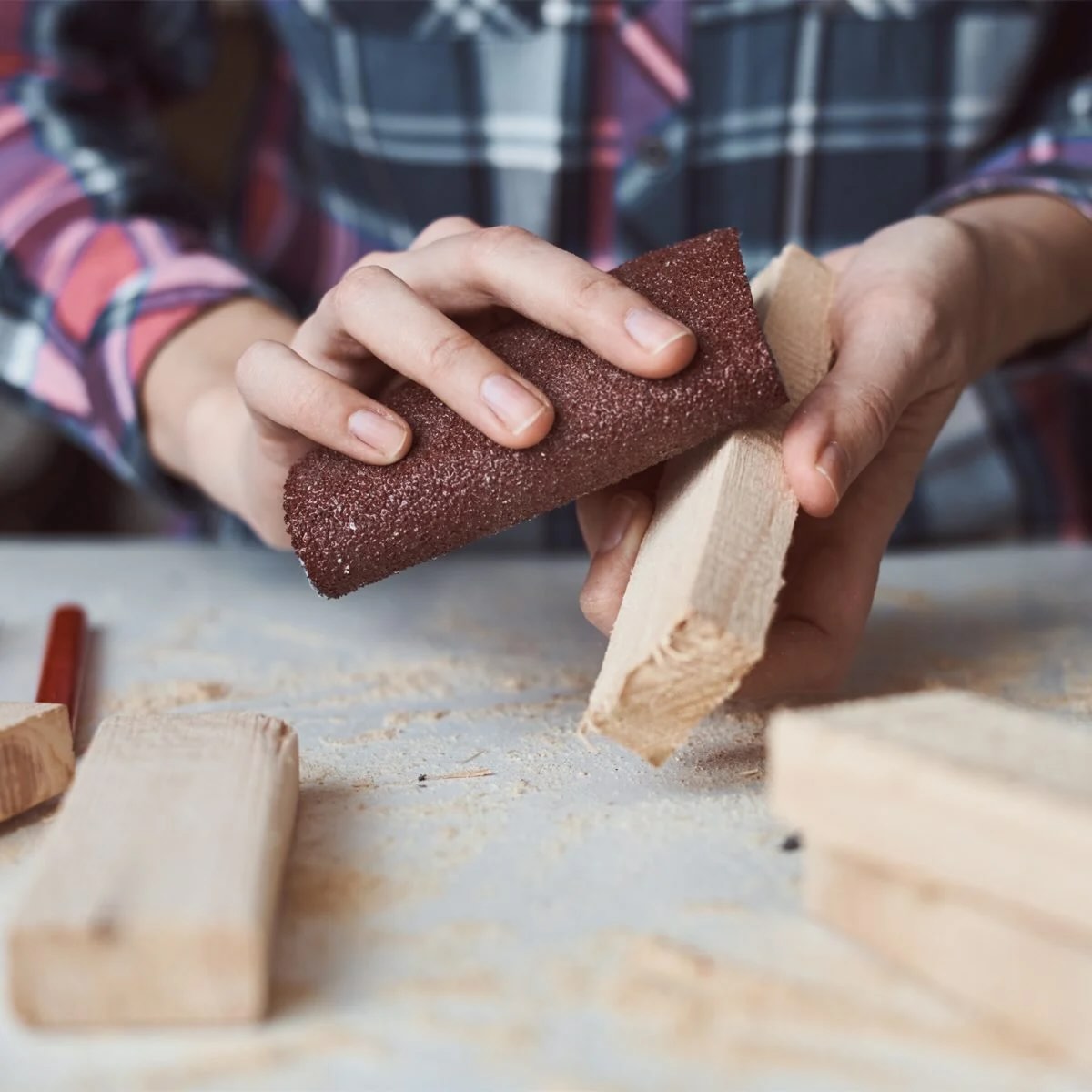
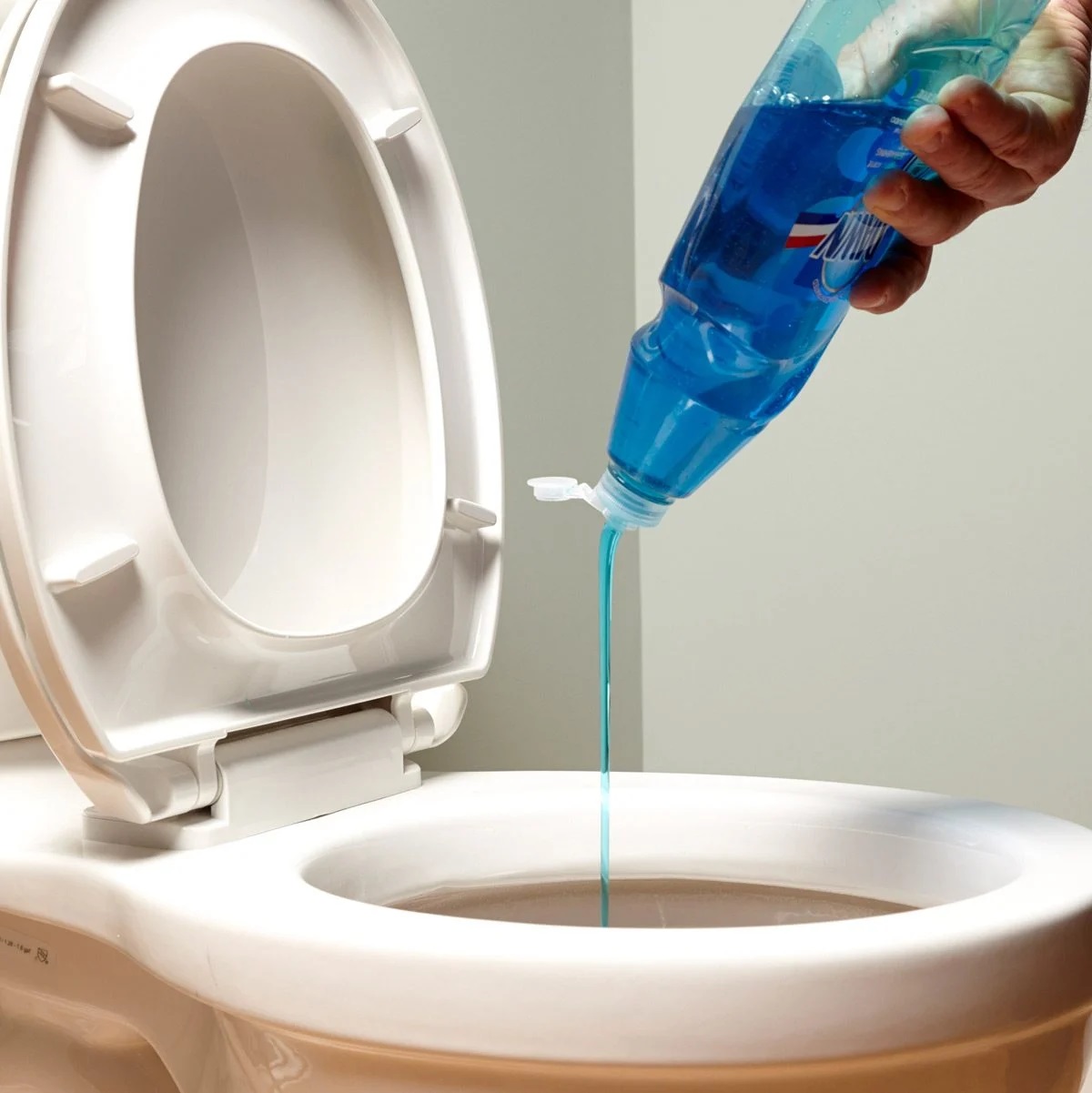
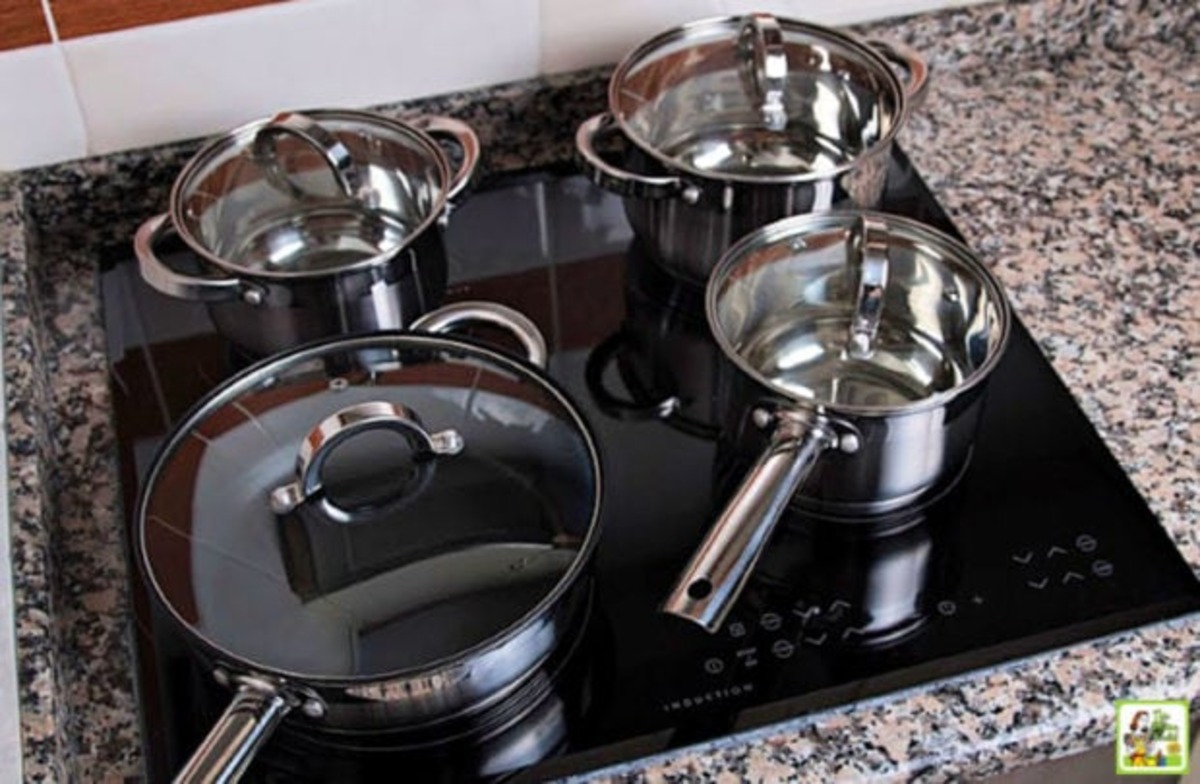

0 thoughts on “If I Dont Have A Mixer What Can I Use”